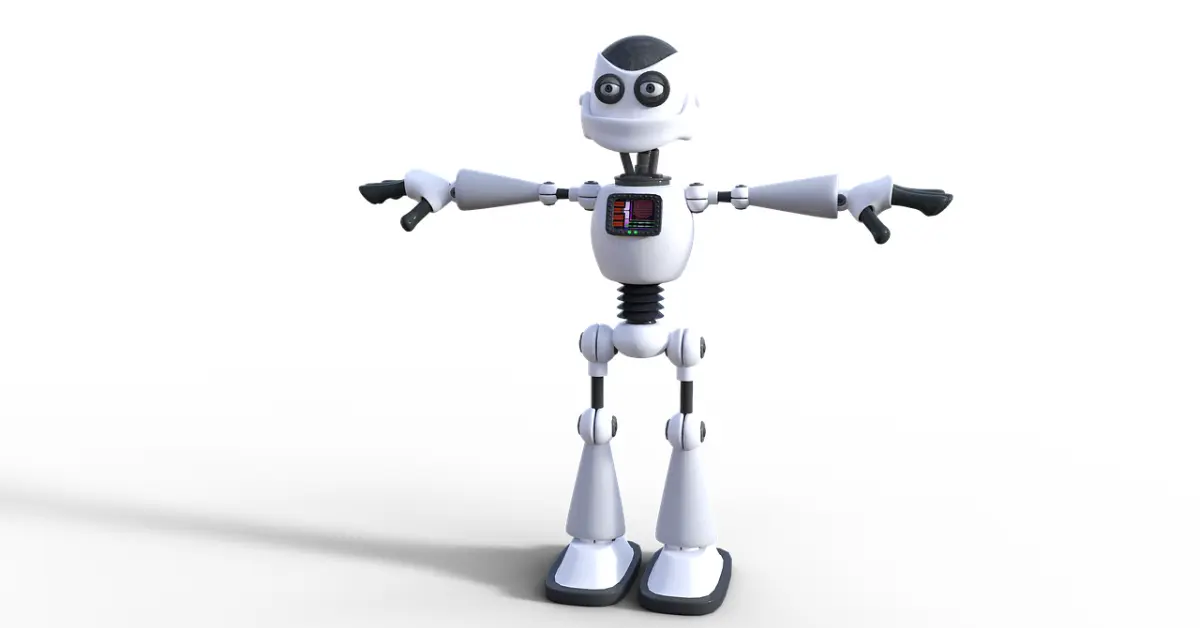
Osaka, Japan – Scientists at Osaka University’s Department of Mechanical Science and Bioengineering have developed an innovative walking robot that exploits dynamic instability for navigation. By adjusting the flexibility of its couplings, the robot can make turns without the need for complex computational control systems. This advancement has significant potential in the development of rescue robots capable of traversing uneven terrains.
Many creatures on Earth have evolved robust leg-based locomotion systems that grant them exceptional mobility across various environments. Regrettably, engineers attempting to replicate this approach have often encountered the fragility of legged robots. The failure of even a single leg due to repetitive stress can severely limit the robot’s functionality. Moreover, controlling a large number of joints to enable the robot to navigate complex environments requires substantial computational power. Enhancements to this design would prove immensely valuable in constructing autonomous or semi-autonomous robots for exploration, rescue missions, and entry into hazardous areas.
Researchers from Osaka University have now introduced a biomimetic “myriapod” robot that capitalizes on a natural instability to transform straight walking into curved motion. In a recent study published in Soft Robotics, the team describes their robot, composed of six segments, each equipped with two legs and flexible joints. By employing adjustable screws, the flexibility of the couplings can be modified using motors during the walking process. The researchers discovered that increasing the flexibility of the joints resulted in a phenomenon known as “pitchfork bifurcation,” causing the straight walking to become unstable. Consequently, the robot transitioned into a curved walking pattern, either to the right or left. While engineers typically avoid creating instabilities, harnessing controlled instabilities can enhance maneuverability. “We drew inspiration from the remarkable agility of certain insects that can control dynamic instability in their own motion to facilitate rapid changes in movement,” explains Shinya Aoi, a study author. This approach, which focuses on controlling flexibility rather than directly steering the body axis, significantly reduces computational complexity and energy requirements.
The team assessed the robot’s capability to reach specific locations and successfully demonstrated its navigation by following curved paths toward designated targets. “We envision numerous applications in various scenarios, such as search and rescue operations, hazardous work environments, and exploration on extraterrestrial planets,” says Mau Adachi, another author of the study. Future iterations of the robot may include additional segments and control mechanisms.
